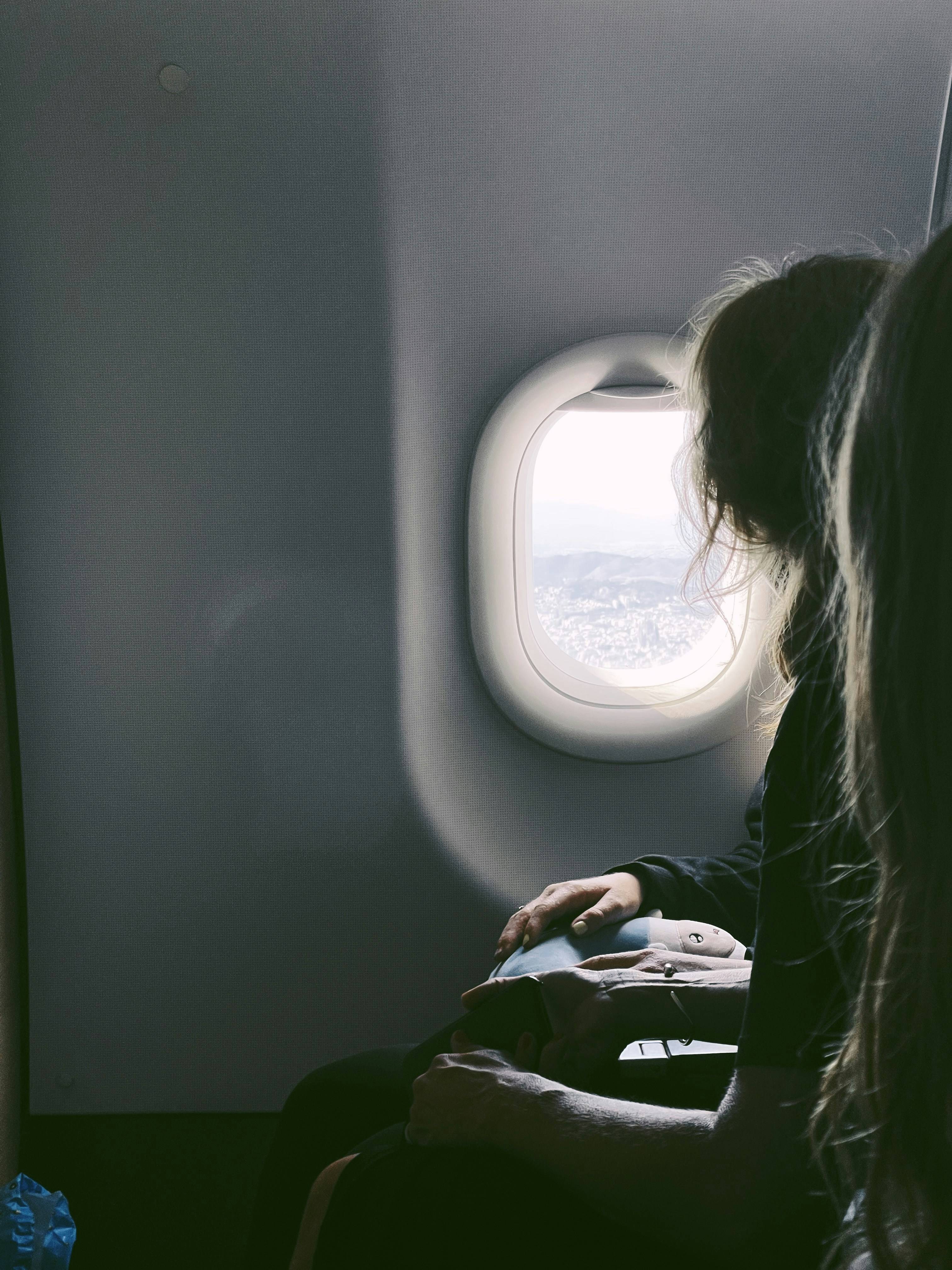Tips to Help You Navigate the World of Flying
Flying for the first time, or even after a long break, can feel daunting—but don’t worry, everyone starts somewhere! I still remember my first flight, and like most people, I quickly grew to love the experience. With each trip, I learned something new that made me a more confident and efficient traveler. I’m here to share some of those lessons with you.
Before you embark on your first flight, there are a few key things to consider: packing smart, getting to the airport on time, knowing what to present at the ticket desk, breezing through security, understanding what to expect on the plane, and dealing with any delays, cancellations, or other unexpected events that might come your way.
Here are some essential tips that helped me—and will help you—navigate your first flight like a pro:
1. Plan and Prepare
Preparation is the secret to a stress-free flying experience. I always make sure I have all my travel documents—passport, boarding pass, and ID—ready well before I leave for the airport. Double-checking flight details, terminal, and gate information has saved me from last-minute panics more times than I can count. And trust me, arriving at the airport early is one of the best pieces of advice I can give you. It allows you to relax and handle any unexpected delays, like long security lines or heavy traffic on the way (and it also gives you time to get that all-important coffee!).
Pro Tip: Download your airline’s app. I’ve found it incredibly useful for staying updated on flight changes and having a digital boarding pass handy. It’s one less thing to worry about!
2. Pack Smart
Packing used to be my biggest challenge, but over time I’ve learned that being mindful of baggage restrictions can save a lot of stress. I always make sure my carry-on complies with size limits, and I pack my liquids in containers of 3.4 ounces (100 ml) or less, all neatly placed in a quart-sized bag. My carry-on also includes essentials like medications, important documents, electronics, and a change of clothes—just in case my checked bag doesn’t make it to my destination as quickly as I do.
Pro Tip: Don’t overpack. I’ve made that packing mistake before, and it only made navigating the airport and my destination more challenging. Leave some room in your bag for souvenirs or anything else you might pick up along the way.
VIDEO:Feeling anxious about your first flight? You're not alone—60 percent of first-time flyers experience some level of fear. I remember my first flight and how overwhelming it felt, but this video was a lifesaver. It offers practical tips on everything from the documents you'll need to board, to packing smart, and even how to choose the best seats. Watching this guide made me feel prepared and confident, and I know it will do the same for you. Click play to ease your nerves and get ready for a smooth takeoff!
3. Dress Comfortably
When it comes to flying, comfort is king—especially on long flights. I always opt for loose, breathable clothing and dress in layers since airplane cabins can be quite chilly. Slip-on shoes are my go-to for convenience during security checks and for comfort during the flight.
Pro Tip: Compression socks have become a staple in my travel wardrobe. They help reduce swelling and improve circulation, making long flights much more bearable.
4. Security and Check-in
Navigating airport security can be one of the most stressful parts of flying, but with a little preparation, it doesn’t have to be. I always place my liquids in a quart-sized bag, remove my laptop and electronics from my bag, and get ready to remove my shoes and belt if asked. Checking in online before heading to the airport has also been a game-changer—it saves so much time and allows me to skip the long lines at the check-in counters.
Pro Tip: TSA PreCheck (or Global Entry when coming in from abroad) has been worth every penny for me. It speeds up the security process, allowing me to keep my shoes on and my electronics in my bag. If you fly often, it’s a small investment that can save a lot of time.
5. Be Mindful of Health
Staying healthy while traveling is a top priority for me. I always drink plenty of water during the flight to stay hydrated, as cabin air is notoriously dry. While it’s tempting to indulge, I’ve learned to avoid excessive caffeine and alcohol, as they can contribute to dehydration and disrupt my sleep cycle. Walking around and doing simple in-seat exercises during the flight has also helped me prevent stiffness and improve circulation. A neck pillow and an eye mask are always in my carry-on—they make resting on the plane so much more comfortable.
Pro Tip: I never board a plane without hand sanitizer and disinfecting wipes. Cleaning my seat area, tray table, and armrests before settling in has become a ritual. With so many people passing through the cabin, a little extra precaution helps me stay healthy. Remember Covid? Well I still carry a mask when I fly, in case the guy hacking in 23F has something I'd rather not have him share with me.
6. Familiarize Yourself with Flying
Understanding the basics of air travel can really help ease any anxiety. I remember being nervous about cabin pressure changes during takeoff and landing, but now I know that chewing gum, swallowing, or using specialized earplugs designed for air travel can help alleviate ear discomfort.
Pro Tip: If you’re prone to motion sickness like I am, consider taking over-the-counter medication or using acupressure wristbands. They’ve made a huge difference for me.
7. Entertainment and Essentials
Long flights can be tedious without something to keep you occupied. I always bring something to read, music, or download movies and TV shows onto my device to help pass the time (when I'm not working on the laptop). And I never forget essentials like headphones, chargers, etc which I keep within arm's reach.
Pro Tip: Some airlines offer in-flight Wi-Fi, which I’ve found great for staying connected or catching up on work. But I always download my entertainment beforehand, just in case streaming services are restricted or come with extra costs.
8. Respect Cabin Crew and Fellow Passengers
Airplane etiquette is something I’ve come to appreciate over the years. Following the instructions of the cabin crew is important—they’re there for everyone’s safety. I also make it a point to be considerate of those around me by keeping noise levels down, avoiding reclining the seat during meal service, and being mindful of personal space.
Pro Tip: A little kindness goes a long way. If you have a request, ask politely—whether it’s for a drink from the crew or more room from your seatmate.
9. Relax and Enjoy the Experience
Flying is a unique opportunity to see the world from above, and I’ve learned to embrace it as a time to relax. Whether I use the time to read, watch a movie, or simply gaze out the window, I try to make the most of the journey.
Pro Tip: If you’re nervous or have fears about flying, focusing on the excitement of your destination rather than the process of getting there can help. Visualization and deep breathing have also worked wonders for reducing my anxiety.
Remember, flying for the first time can feel overwhelming, but with these tips, you’ll be well-prepared to have a smooth and enjoyable journey. Bon voyage!
The FAQ section below will help you navigate your first flight experience, so be sure to check it out. Before you do, familiarize yourself with some of the terms used for air travel and check out this handy flying checklist that summarizes what you should know before you leave the house.
FAQ: Tips to Navigate Flying
Find more help here for your journey through the airport



